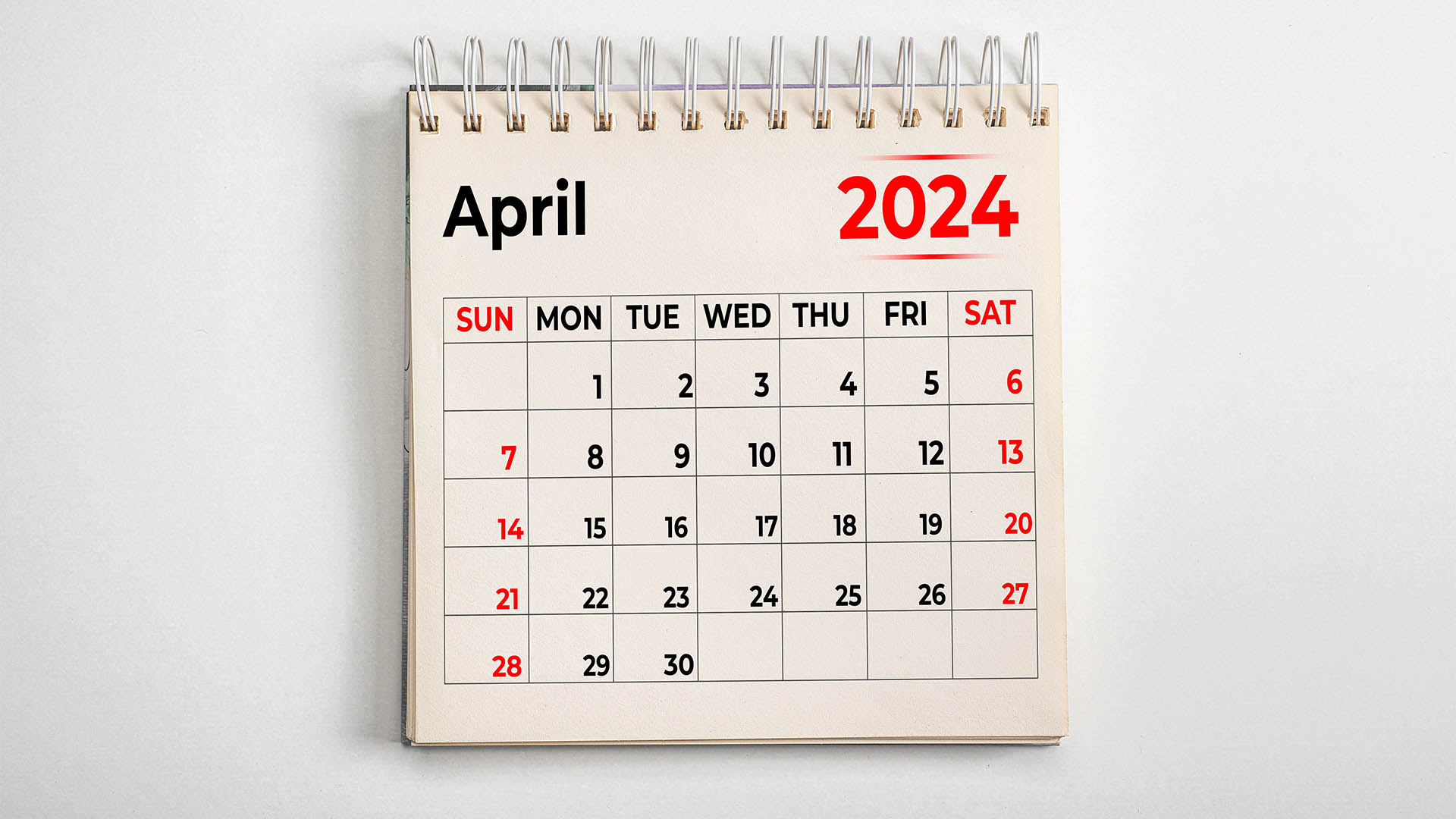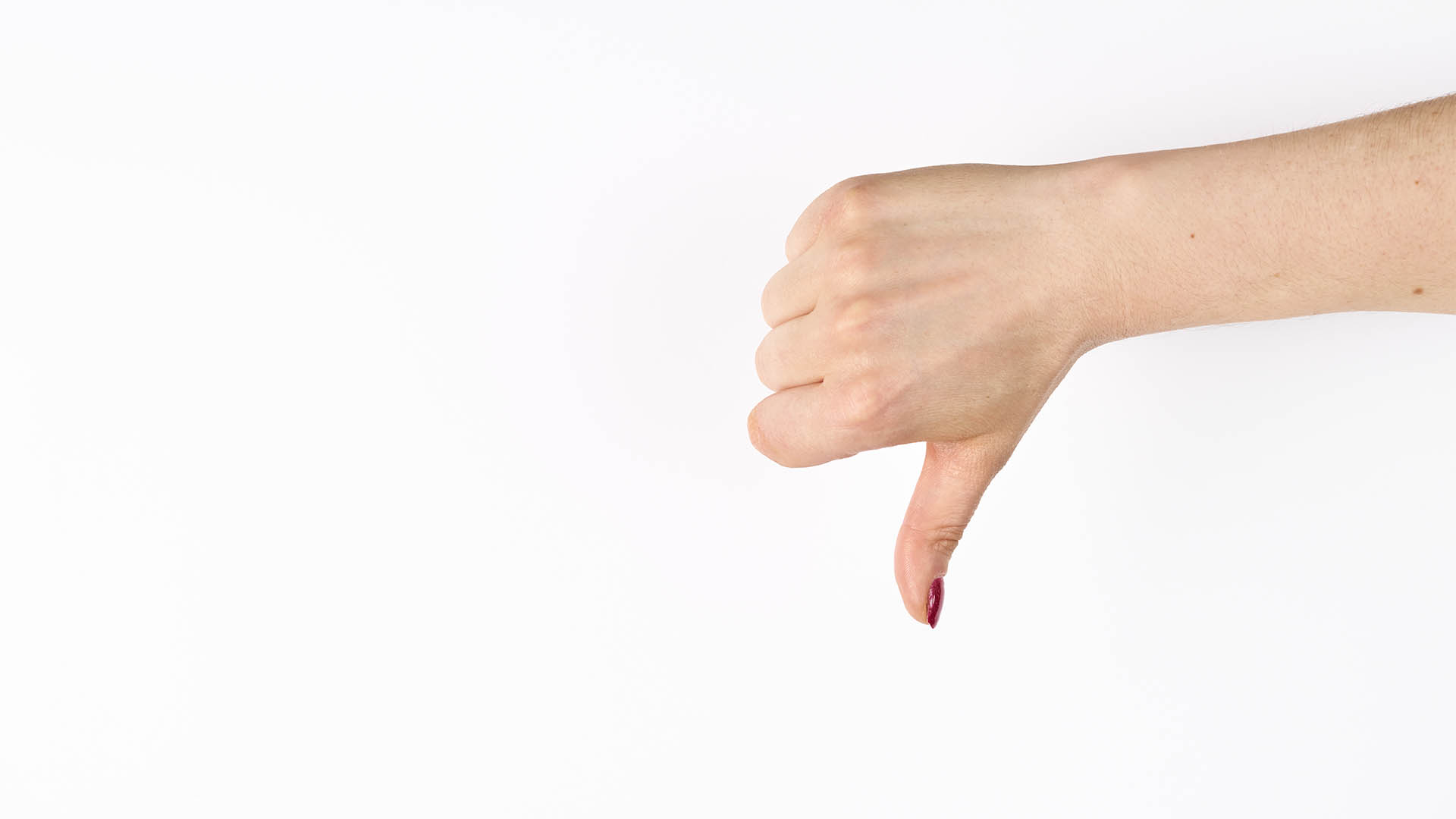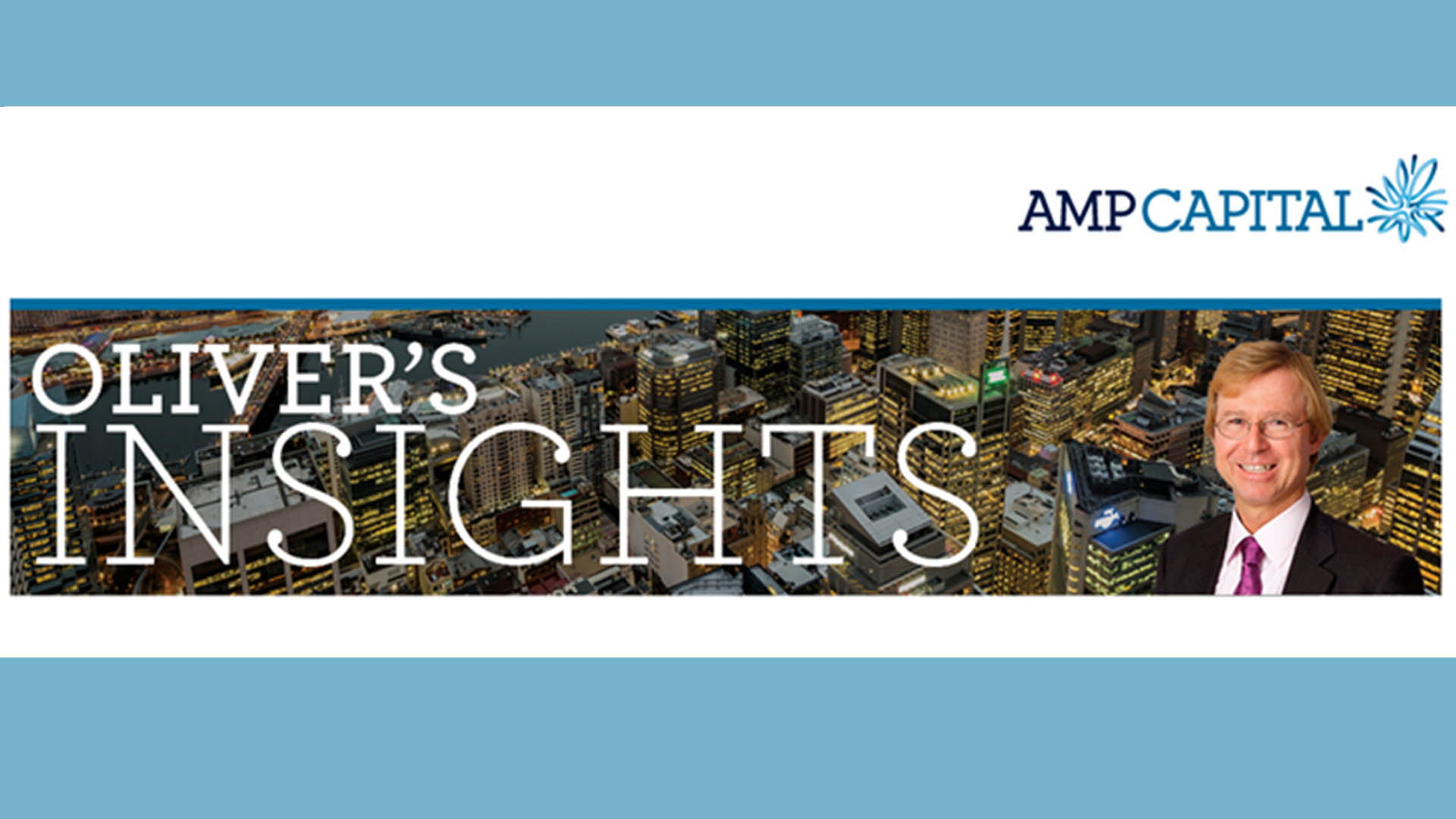Australian economic growth slowed in the three months to March as consumers cut spending and savings (the latter to a near 15-year low) under the rising impact of the Reserve Bank’s repeated interest rate rises and continuing high inflation.
Only solid investment by business and government, a rise in the terms of trade – as the value of imports dropped because of lower oil prices, prevented the economy dipping into contraction.
The Australian Bureau of Statistics (ABS) said in the March quarter National Accounts that the economy grew 0.2% from December and 2.3% through the year, down from 0.5% and 2.7% in the final three months of 2022.
The market forecast was mostly around 0.3% quarter on quarter growth.
GDP per head (capita) fell 0.2% in the March quarter, down from a rise of 0.1% in the three months to December and a rise of 0.4% in the first quarter of last year.
Households saved less even to allow themselves to meet rising interest and rent costs, higher taxes and to pay higher prices for a wide range of everyday services and items such as food.
The household saving to income ratio fell to 3.7%, its lowest level since June quarter 2008. That was down from the 4.4% rate in the December quarter and 11.3% in the first quarter of 2022.
The ABS’s head of National Accounts, Katherine Keenan, said in a statement with the data that the fall in saving “was driven by higher income tax payable and interest payable on dwellings, and increased spending due to the rising cost of living pressures.”
Total income received by households rose 1.7% in the quarter, driven by compensation of employees, while total income payable rose 4.4%. Household consumption grew faster this quarter than the rise in gross disposable income.
Household spending rose 0.2%, down from the 0.3% rise in the December quarter and contributed 0.1 percentage points to GDP.
“Spending on essential goods and services were the main contributors to the rise in household spending, while discretionary categories such as furnishing and household equipment, purchase of vehicles and other goods and services all detracted from growth,” Ms Keenan said.
The ABS noted that interest paid on mortgages grew a further 11.5% during the three months to March which meant the amount of money spent servicing mortgages more than doubled in the past year.
“Private and public gross fixed capital formation were the main drivers of GDP growth this quarter,” Ms Keenan said.
The ABS said private investment rose 1.4% in the quarter, more than reversing the 0.9% drop in the December quarter while public investment was up 3.0%, again more than reversing the 1.2% fall in the three months to December.
“This increase in public capital was driven by both a 3.9 per cent rise in state and local general government expenditure and a 4.1 per cent rise in investment by state and local public non-financial corporations in transport infrastructure and health,” Ms Keenan said.
The fall in import prices was driven by the global fall in oil prices and the small appreciation of the Australian dollar.
The ABS said this was the largest quarterly fall import prices since December 2010. The fall in export prices was led by rural and mining commodities and net trade detracted 0.2% from GDP in the quarter, against the strong 1.1% contribution to growth in the December quarter.
As goods inflation moderated, domestic price growth slowed to 1.1% following the 1.4% rise in the December quarter. The CPI rose 1.4% in the March quarter and 7% in the year.
Thanks to a continuing strong labour market (31,000 extra jobs were added in the quarter), COE, or Compensation of Employees – a measure based on the number of people in work and not a price index like the Wage Price Index – rose 2.4% in the quarter from the 2.0% rise in the December quarter.
“Sustained wages and employment growth translated to a 10.8% through the year rise in COE, the largest since June 2007,” the ABS pointed out. Employment rose by 415,000 or 3.1% in the year to March while unemployment fell 7.5% and hours worked rose 4.1% in the 12 months period.
“The continued strength was underpinned by the tight labour market as the unemployment rate remained at historical lows and job vacancies were elevated. Increased employment, hours worked, pay rises and bonuses in the public sector also contributed to this rise,” the ABS noted.
Nominal GDP grew by 2.1% in the March quarter (unchanged from the December quarter), and 9.2% through the year, down from 12.2% over calendar 2022.
The GDP implicit price deflator rose 1.9% in the March quarter and 6.8% compared to March 2022 (just under the Consumer price Index’s 7.0% annual rate in the same quarter).
This was driven by a 2.8% in the terms of trade (much faster than the 0.6% rise in the December quarter), with a stronger fall in import prices (-4.0%) than export prices which fell 1.4%.













